In the vast, sun-scorched expanses of the world's deserts, where water is scarce and temperatures soar, a tiny creature has evolved remarkable adaptations to not just survive, but thrive. The jerboa, a small rodent known for its kangaroo-like hind legs and bounding gait, is a marvel of evolutionary engineering. These desert-dwelling specialists have developed unique strategies to conserve water and energy, making them one of the most fascinating subjects in the study of arid-zone fauna.
Often referred to as the "desert's bouncing wonder," the jerboa's most striking feature is its elongated hind legs, which allow it to cover great distances with minimal effort. This mode of locomotion is not just about speed; it's a critical survival tactic. By leaping rather than running, jerboas reduce the amount of time their bodies are in contact with the scorching sand, minimizing heat absorption. Additionally, their powerful jumps help them evade predators with astonishing agility, turning them into elusive targets in the open desert landscape.
Water conservation is another area where jerboas excel. In an environment where moisture is a precious commodity, these creatures have developed physiological and behavioral adaptations to retain every possible drop. Unlike many mammals, jerboas do not sweat or pant, which significantly reduces water loss. Their kidneys are highly efficient, producing urine that is extremely concentrated, thus expelling minimal water. Furthermore, jerboas obtain most of their hydration from the seeds and plants they consume, rarely needing to drink free water—a trait that allows them to inhabit some of the driest regions on Earth.
Their burrowing behavior further enhances their ability to survive in harsh conditions. Jerboas dig elaborate tunnels that provide refuge from the extreme daytime heat and freezing nighttime temperatures of the desert. These burrows also serve as microenvironments with higher humidity, reducing the rate of water loss through respiration. By spending the hottest parts of the day underground, jerboas avoid the dehydrating effects of the sun, emerging only during the cooler hours of dawn and dusk to forage.
The jerboa's diet is another key to its success in water-scarce environments. Primarily granivorous, these rodents feed on seeds that are often the only available food source in arid regions. Seeds not only provide essential nutrients but also contain small amounts of moisture, which jerboas expertly extract. This dietary specialization minimizes their need to search for additional water sources, allowing them to thrive where other animals would perish. Occasionally, they may supplement their diet with insects, adding variety and additional nutrients without significantly increasing their water requirements.
One of the most intriguing aspects of jerboa physiology is their ability to enter a state of torpor during extreme conditions. When food and water become exceptionally scarce, jerboas can lower their metabolic rate, effectively slowing down their bodily functions to conserve energy and reduce water loss. This adaptation enables them to survive prolonged periods of adversity, waiting out droughts until conditions improve. It's a survival strategy that underscores their incredible resilience in one of the planet's most unforgiving habitats.
Despite their remarkable adaptations, jerboas face growing threats from human activities. Habitat destruction, climate change, and increased predation by domestic animals are putting pressure on their populations. Conservation efforts are crucial to ensure that these unique creatures continue to bounce across the desert sands for generations to come. Researchers are particularly interested in studying jerboas not only for their ecological significance but also for the potential insights they offer into water conservation and energy efficiency—knowledge that could have applications in addressing human challenges in an increasingly arid world.
The jerboa's story is a testament to nature's ingenuity. In a landscape where life seems improbable, these small rodents have carved out a niche through a combination of physical prowess, physiological innovation, and behavioral intelligence. Their ability to thrive in the desert serves as a powerful reminder of the adaptability of life and the intricate balance of ecosystems. As we face global environmental changes, the jerboa stands as both a symbol of resilience and a subject of scientific fascination, offering lessons that extend far beyond the dunes they call home.
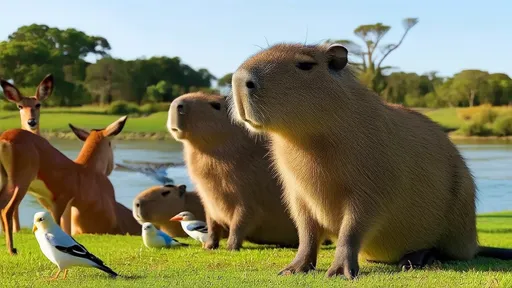
By /Jun 10, 2025
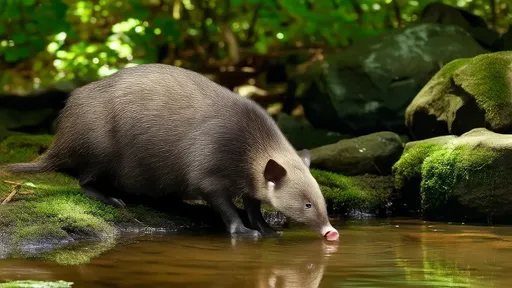
By /Jun 10, 2025
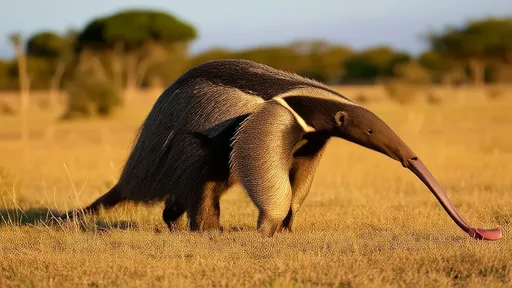
By /Jun 10, 2025
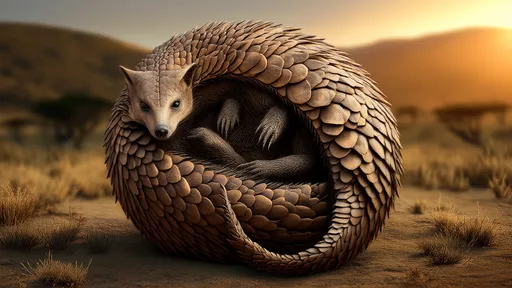
By /Jun 10, 2025
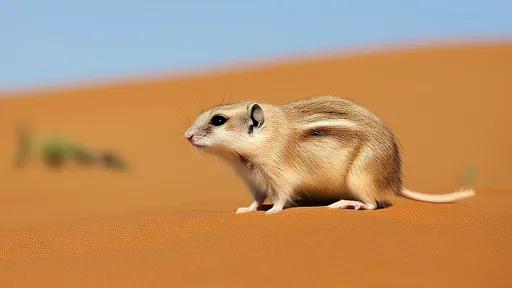
By /Jun 10, 2025
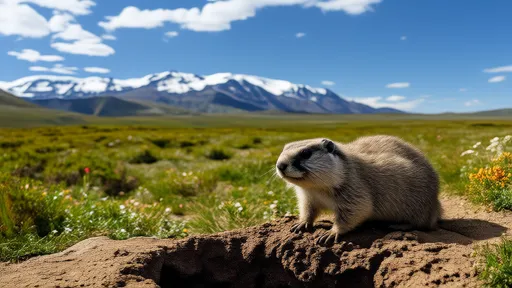
By /Jun 10, 2025
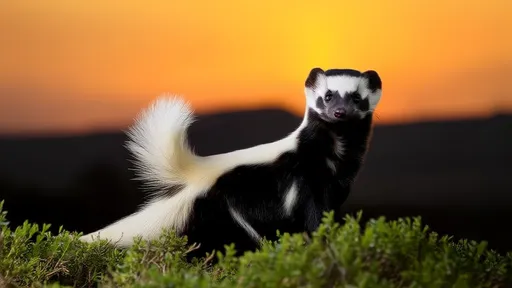
By /Jun 10, 2025
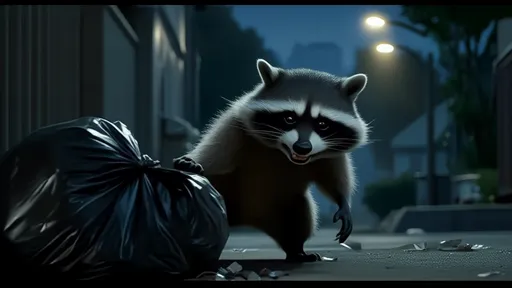
By /Jun 10, 2025

By /Jun 10, 2025
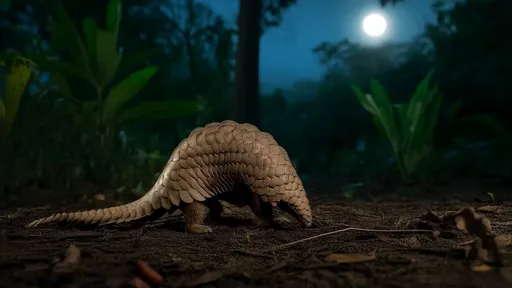
By /Jun 10, 2025
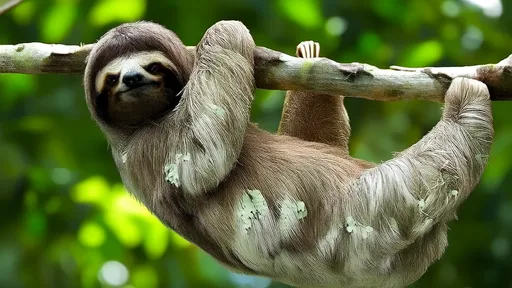
By /Jun 10, 2025
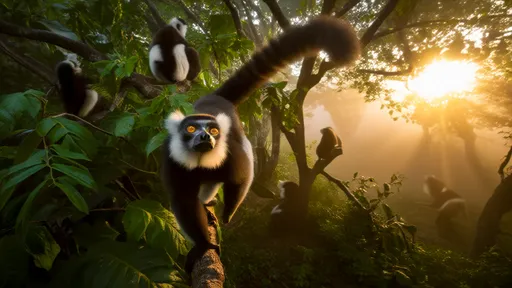
By /Jun 10, 2025

By /Jun 10, 2025
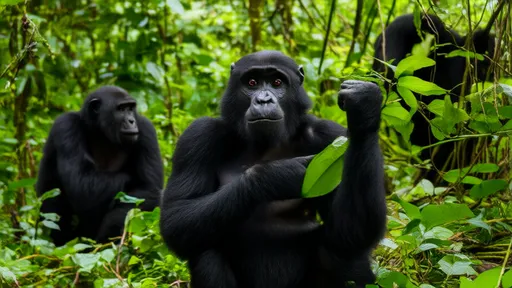
By /Jun 10, 2025
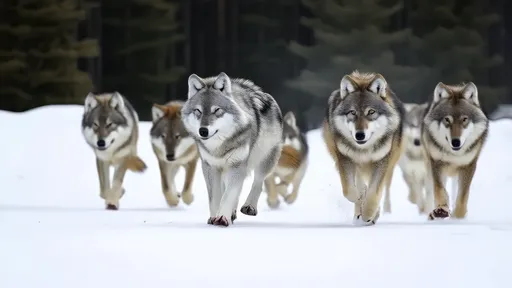
By /Jun 10, 2025
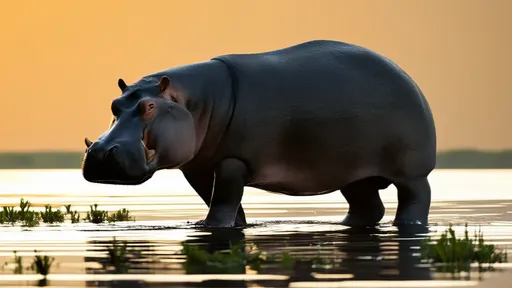
By /Jun 10, 2025
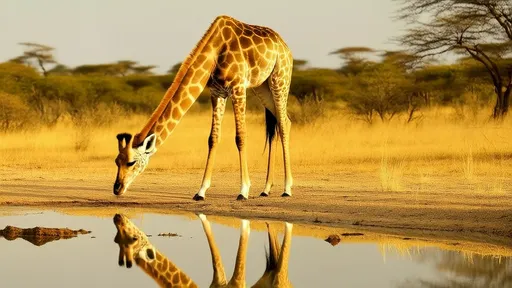
By /Jun 10, 2025